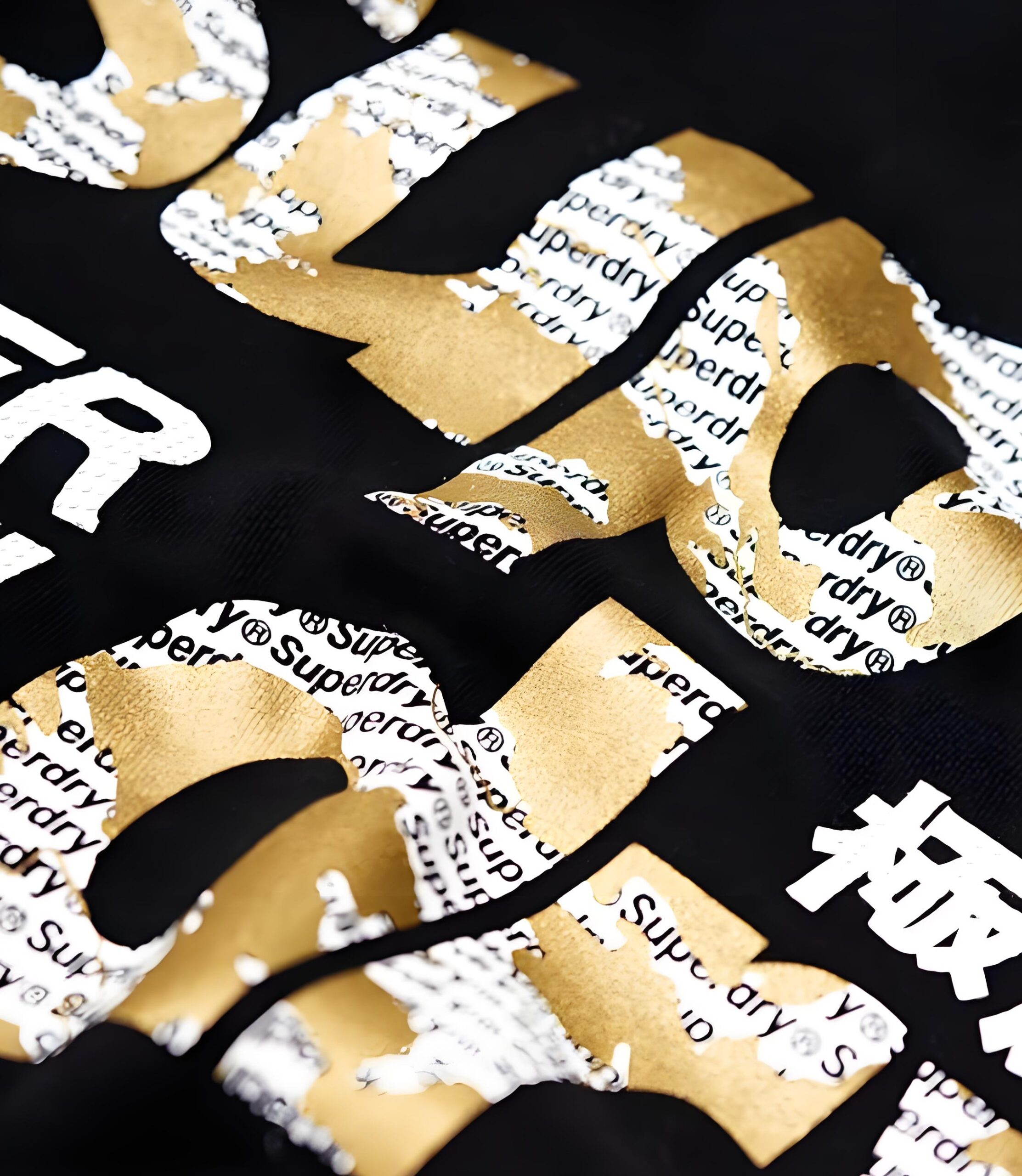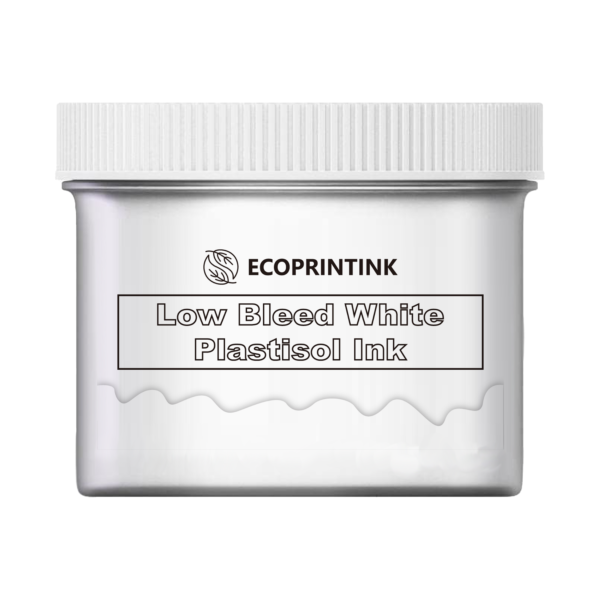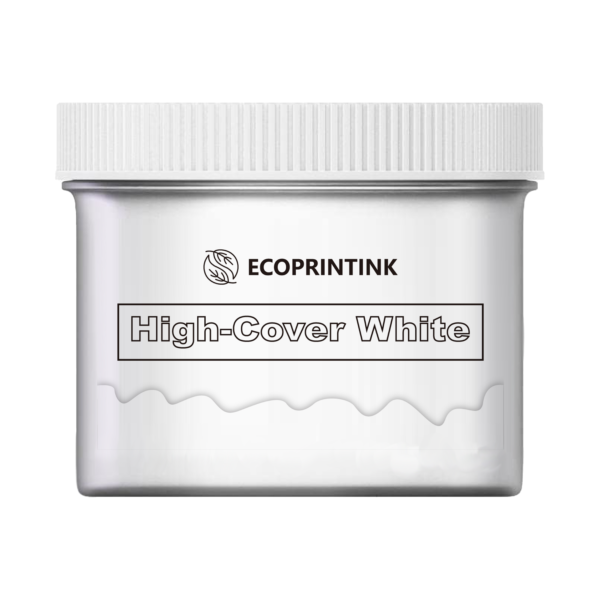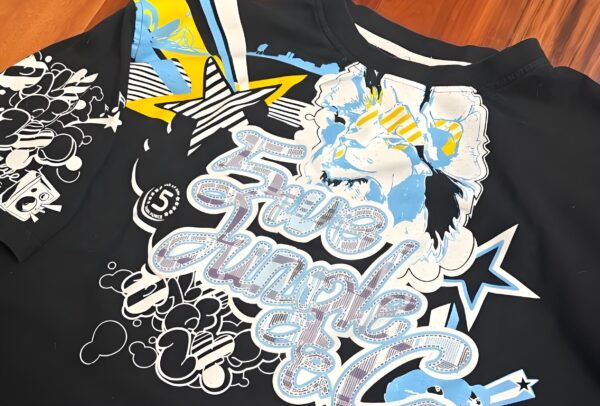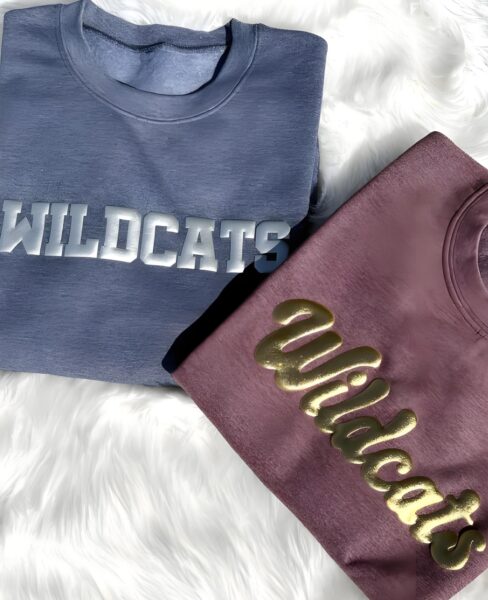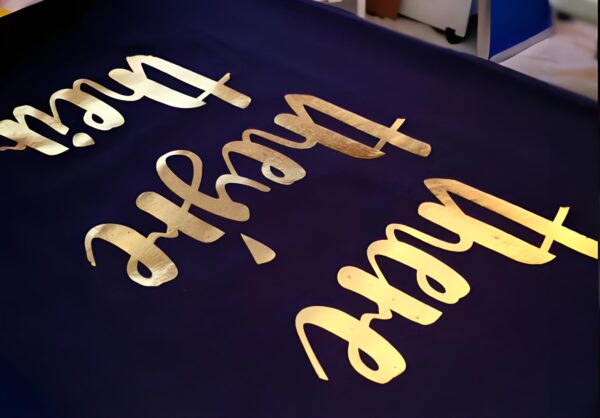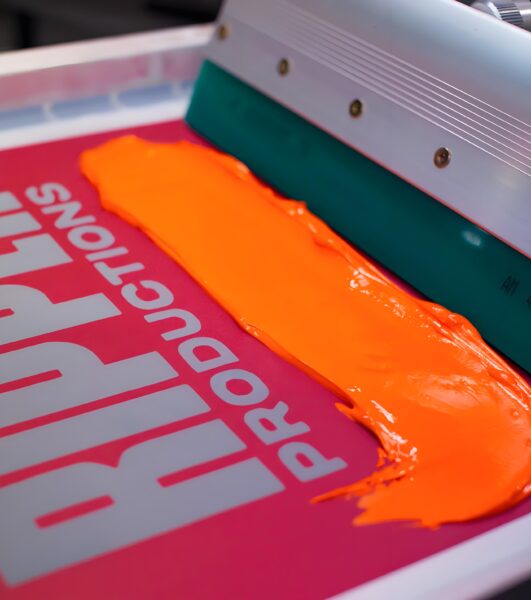Table of Contents
1. What Makes Gold Ink for Screen Printing Truly Metallic and Vibrant?
The magic of gold ink lies in its formulation. Unlike popular pigments, metal gold inks are loaded with metal debris—typically aluminum or bronze flakes covered with relatively reflective colorants. This blend offers your screen print the traditional shimmer, shine, and ambitious steel enchantment that catches the attention beneath direct sunlight or artificial light. Gold ink formulated for display printing is available in each water-based totally and plastisol variations, however plastisol ink stands proud for turning in the most colourful and consistent metallic effects on material, posters, or artwork prints.
But what approximately that excessive opacity all and sundry needs? Premium screen printing ink designed for steel programs is packed with greater pigment, making sure your print stays formidable over darkish clothes or maybe over-dyed cotton sheets. The end result is a texture and shine that “pops” with no need a further underbase—saving you time and ink while delivering expert effects.

2.How Does Plastisol Ink Work (and Why Use It for Metallic Gold)?
Plastisol ink has grow to be the gold standard—pun supposed!—for display screen printers aiming for top class, long lasting metal prints. Unlike water-based totally ink, plastisol is a PVC-based device that gained’t dry within the display screen, making an allowance for longer production runs, simpler cleanup, and extra manage over the ink’s creamy, paste-like consistency. For metallic gold, plastisol provides the proper vehicle: the metallic debris are suspended and allotted flippantly, yielding constant shimmer throughout large print runs.
Why is that this essential? For one, plastisol can deal with a extensive range of mesh counts and works beautifully on both cotton and polyester clothes. It’s the preferred ink for specialty packages, such as low bleed, non-phthalate, and Oeko-Tex® Standard one hundred-certified display printing jobs. For display printers, plastisol ink ensures most efficient effects, wash durability, and—allow’s face it—a finish that in no way fails to wow clients.
3.Choosing the Best Gold Screen Printing Ink: Features to Look For
Not all gold ink is created same. If you need that metallic gold shimmer, search for a display screen printing plastisol ink or steel gold plastisol ink made in particular for textiles. Key functions to test:
- High Opacity: You need ink that’s opaque enough to expose up boldly on both mild and darkish material.
- Premium Pigment Load: More pigment (and higher dispersion), manner extra vibrancy and top rate metal shine.
- Low Bleed & Dye Resistance: If you often print on poly blends, a “low bleed” ink helps stop dye migration for cleaner metallics.
- Printable Consistency: The best inks maintain a creamy, easy-to-control consistency for both brush and screen print application.
Brands usually offer options in various sizes—from 16oz jars to a quart—so consider how much you need for each job.
4.What Mesh Count Should You Use for Metallic Gold Screen Printing Ink?
The mesh count of your screen has a direct impact on the look and coverage of your metallic gold print. Fine mesh (160 and above) is great for detailed prints but can trap, rather than release, thick metallic particles. For metallic and shimmer inks, a mesh count between 110 and 160 is highly recommended. A 110 mesh helps lay down a generous, even layer of ink and metallic particles, producing fuller coverage and bolder shine.
If you’re after crisp lines and delicate art prints, opt for a slightly higher mesh—but test first! Keep in mind, too, that the metallic particles in gold screen printing ink can clog finer mesh if not cleaned and handled properly.
5.Perfecting Your Print: Tips for Opacity, Boldness, and Gold Shimmer
Getting that signature gold shimmer on your t-shirt or poster takes more than just the right ink. Here’s how to achieve best results:
- Proper Flooding and Squeegee Pressure: Apply the ink in a creamy, even coat; too little pressure leaves a thin (and less vibrant) layer, while too much can squish metallic particles, dulling the shine.
- Flash Curing Between Colors: If using gold next to another plastisol ink, flash between layers to prevent color mixing and control bleeding.
- Opaque Underbase for Dark Garments: When printing on black or navy fabric, a white or grey underbase boosts opacity and keeps your gold bright and metallic.
Remember, metallic inks tend to sit on top of the garment rather than soaking in, giving that premium, raised texture everyone loves.
6. What’s the Ideal Curing Temperature for Metallic Gold Plastisol Ink?
Meticulous curing is non-negotiable if you need your metal gold prints to final. The perfect remedy temperature for steel gold plastisol ink is usually among 300°F and 320°F (149°C–one hundred sixty°C). This variety guarantees the ink achieves “whole fusion” with the material, making it both washproof and resistant to cracking.
You must ensure each garment or cloth piece passes via the dryer or heat press for the proper quantity of time—usually 60 seconds at room temperature for trendy platens, however times can vary with cloth thickness and dryer style. Insufficient heat manner the ink never completely binds to the fabric, leading to disappointing effects and consumer complaints.
Avoid overheating, although—high temperatures can reason metallic debris to dull, or even scorch sensitive sheets and posters. Always conduct a wash test after curing your first print batch to verify adhesion and shimmer sturdiness.
7.How Do You Achieve Complete Fusion and High Opacity?
High opacity and full fusion—these are the benchmarks for brilliant metal gold prints. Achieving them calls for interest at each manufacturing step. For opacity, pick a steel gold plastisol ink known for its dense pigment load. Using a a hundred and ten or a hundred and sixty mesh display helps lay down a thicker, more opaque layer, best for blocking off out dye from garment material and ensuring the gold pops, even on dark cotton.
Achieving “whole fusion” way ensuring ink penetrates simply enough to sit down solidly at the cloth without bleeding through. This requires balancing flash instances, mesh be counted, and squeegee strain. In manufacturing, adjusting those settings guarantees that each print not most effective appears bold and vibrant, however stands up to repeated washes.
Consistent remedy temperature, even ink distribution, and testing with your precise material mixture are the secrets and techniques to pro-stage, opaque, and wash-long lasting metal gold prints.

8. What Additives, Pigments, and Techniques Make Prints Shine?
If you want your steel gold prints to outshine the competition, you’ll need more than just basic ink. Additives like shimmer enhancers or specialty gel bases can modify the ink consistency or improve reflectiveness. Some display screen printers combination in steel particles or flakes for added texture, giving a premium experience to art prints or posters.
Pigment choice additionally topics—a true gold ink balances shade vibrancy with steel shimmer, so usually select Oeko-Tex® Standard 100–certified pigments for each protection and brightness. Adjust your approach by using a printable, creamy paste and experimenting with squeegee angles to maximize ink publicity atop the material.
Layering also can help—print a base layer of opaque white or acrylic earlier than laying down the metal gold. This method intensifies the shine and gives a reflective surface, guiding each steel particle to the highlight.
9. Troubleshooting: How to Avoid Dye Migration or Disappointing Results
Nothing frustrates a printer more than seeing an ideal gold print ruined with the aid of dye migration—those pesky crimson or grey streaks on polyester fabric. Combat this by using using a low bleed metallic gold plastisol ink and thoroughly controlling warmth during curing. Avoid oversaturating the garment with ink, as thick layers can accentuate dye switch at some point of the dryer step.
Another not unusual pitfall is terrible opacity. If your gold print isn’t bold enough, double-check your mesh depend, squeegee stress, and ink high-quality. Adjustments here can produce dramatic improvements in vibrancy and sheen.
Finally, disappointment regularly stems from skipping critical assessments—constantly print, treatment, and wash a sample before a full run. This more step will assist ensure your results do no longer disappoint and your emblem reputation shines as brightly as your metallic prints.
10.Safety Data, Storage, and Tips for Longevity
It’s smooth to get swept up within the shine of steel gold, however protection and maintenance are just as crucial. Always seek advice from the ink supplier’s protection facts sheet before handling, specially if using forte or non-phthalate ink formulations. Wear gloves during setup and clean-up, and paintings in a nicely-ventilated vicinity to manipulate fumes.
For ink sturdiness, keep away from direct daylight and store your plastisol ink at room temperature. Keep bins sealed and categorized, specifically if you’re handling more than one components or custom blends. Don’t forget to date your boxes, specifically large volumes like quarts or 16oz tubs—freshness without delay affects printability and effects.
To maintain your premium display printing ink’s colourful steel end, constantly observe the producer’s tips about shelf existence and storage. Clean your monitors and squeegees thoroughly after every run, and periodically take a look at for ink separation to make certain future tasks go smoothly.

